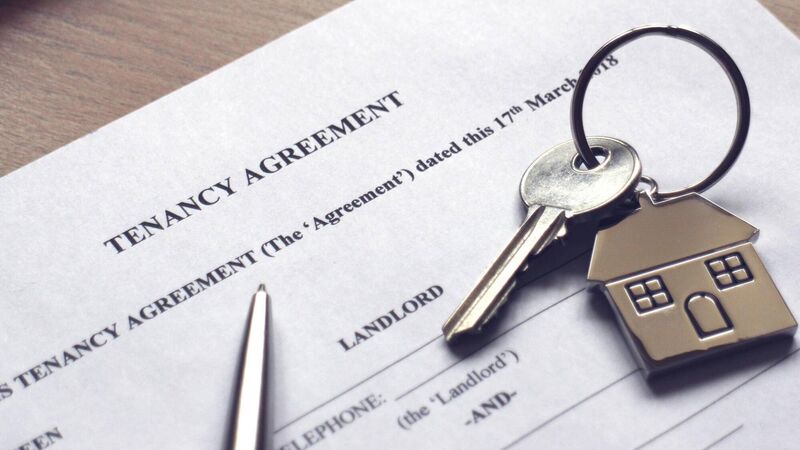New renters 'paying €200 more than existing tenants'

The Economic and Social Research Institute said that, right across the country, the prices paid by sitting or existing tenants are lower than those paid by new tenants.
New tenants have to pay a lot more to rent a home than existing renters, paying an average of over €200 more a month according to new figures, with those in rural areas facing an even bigger difference.
The Economic and Social Research Institute (ESRI) said that, right across the country, the prices paid by sitting or existing tenants are lower than those paid by new tenants.
As part of new research conducted with funding from the Residential Tenancies Board (RTB), the ESRI said it was attempting to bridge the “key evidence base gap” where data on the rents faced by existing tenants previously had not been widely available.
Given the recent requirement for landlords to register annually, the RTB said the research helps to provide accurate data on what tenants are paying.
For existing tenancies, between April and September 2022, renters were paying an average of €1,303 a month compared to €1,517 for new tenants, a difference of 16.4%.
For similar properties nationally, rents paid by existing tenants were 15.2% lower than those paid by new tenants.
The gaps were lower in Dublin (13.4%) and the greater Dublin Area (12.5%) but higher in the rest of the country (17.3%).
In Dublin, more than one-in-five existing tenancies are above €2,000.
However, two in five new tenants in Dublin were paying more than €2,000 per month in rent.
The ESRI said: “In the Greater Dublin Area (GDA, excluding Dublin) while nearly four in five existing tenancies are priced at €1,500 or less, only two-thirds of new tenancies fall under this threshold.
"In the rest of country area, 60% of existing tenancies are priced between €501 to €1,000, but less than half of new tenancies fall within this band.”
There was a larger gap between the rents paid by existing and new tenants in the north-west, west and parts of the Midlands, with smaller gaps in the east of the country.
According to the ESRI, this likely reflects the rapid rental inflation in new tenancies in more rural and less traditional rental markets in recent months, as well as these properties coming on the market less regularly.
One-bedroom tenancies make up a higher share of new tenancies than existing ones, the data suggested.
On the other hand, three-bedroom tenancies and those in non-urban areas make up a lower share of new tenancies compared to existing ones.
Rachel Slaymaker, who authored the report, said the data showed clearly that new tenants are forced to pay more to get a home.
"Observing large differences between existing and new tenancy rents can help to identify particular pressure points in the market," she said.












